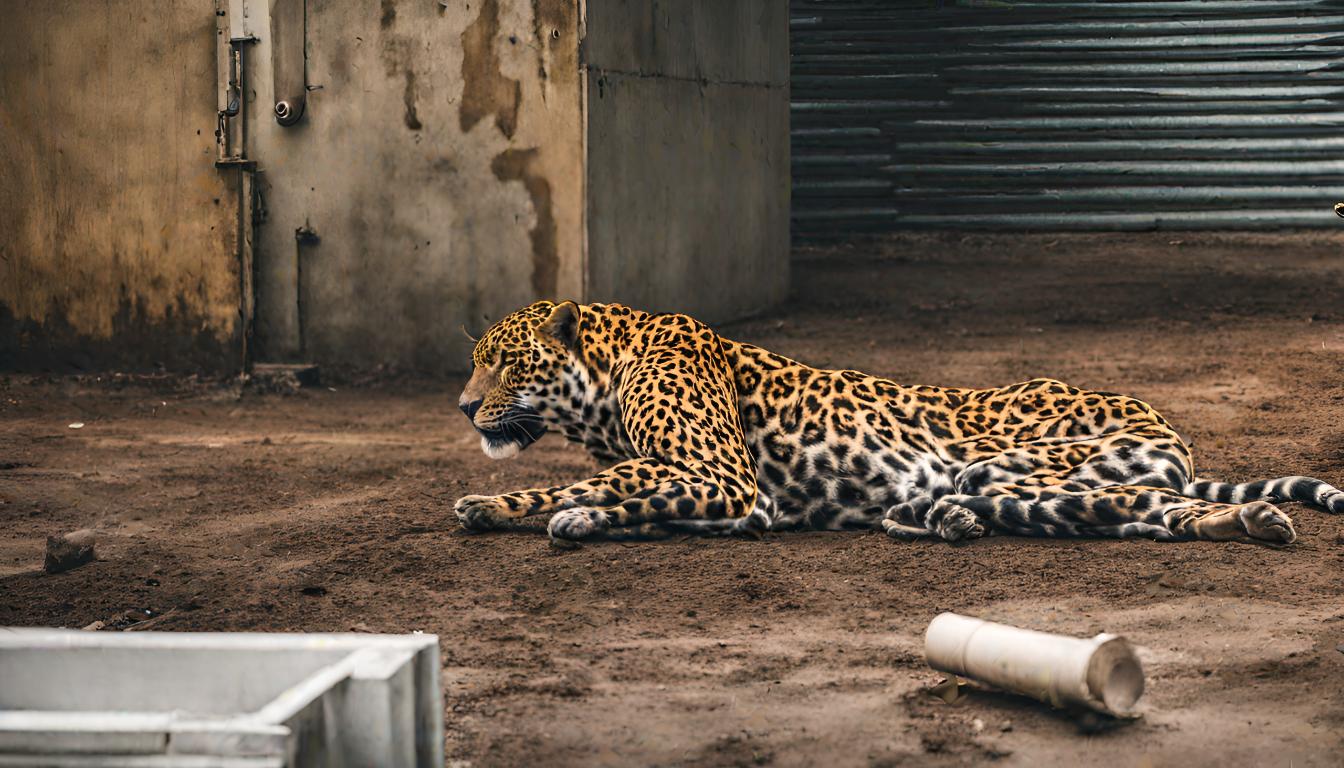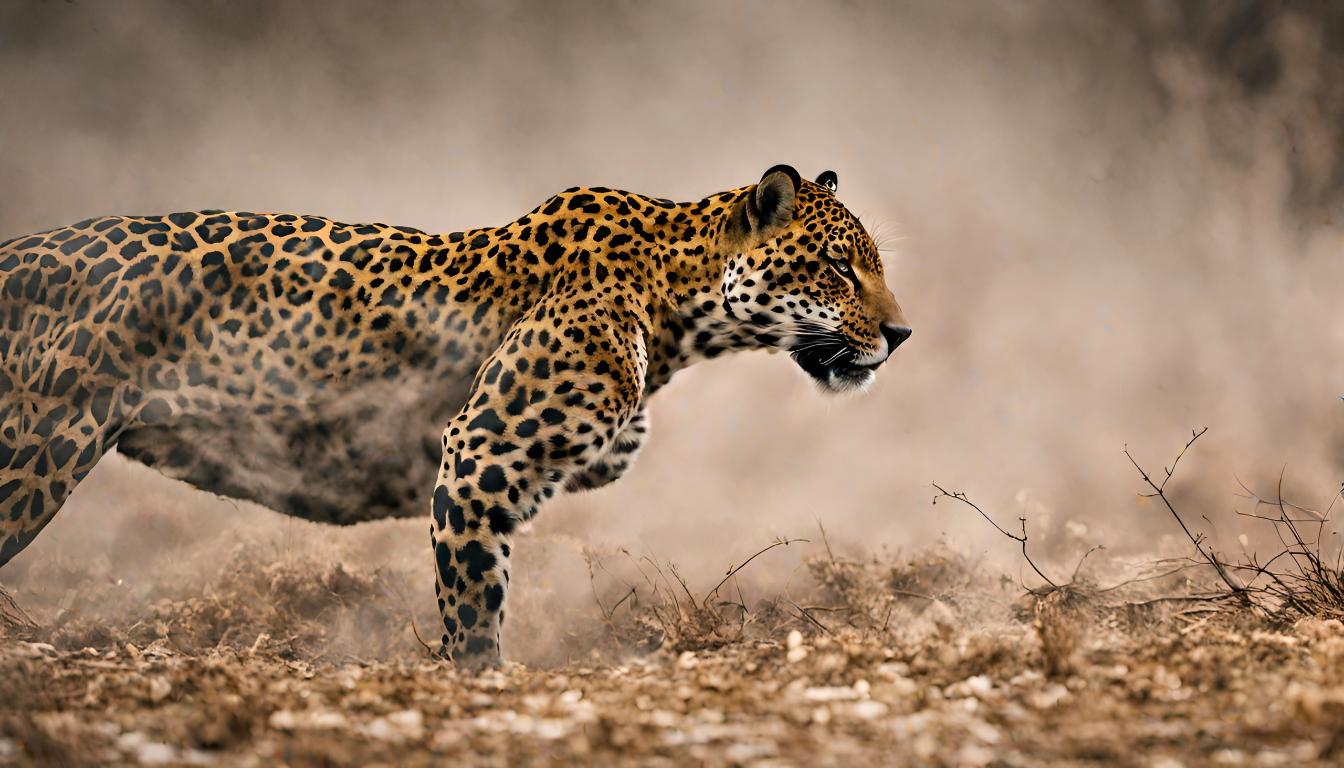In the future, due to the long-term effects of climate change, imagine a vertebrate animal in the tropical rainforest adapting to its transformed habitat. The once lush inland rainforest has shifted to a mixed woodland with lower tree density. This creature has evolved a streamlined body for efficient movement through the new terrain, and its limbs have developed into versatile appendages, allowing it to navigate both the forest floor and occasional open spaces.
.
In this future scenario, the creature exhibits a combination of features – a mix of terrestrial and aquatic adaptations – showcasing the resilience and adaptability necessary for survival in a dynamically changing world shaped by climate change.
Contact us
Thank you for your interest in contacting Future Engineers. We look forward to connecting with you!
General Inquiries
support@futureengineers.orgSponsorship Inquiries
sponsor@futureengineers.org

